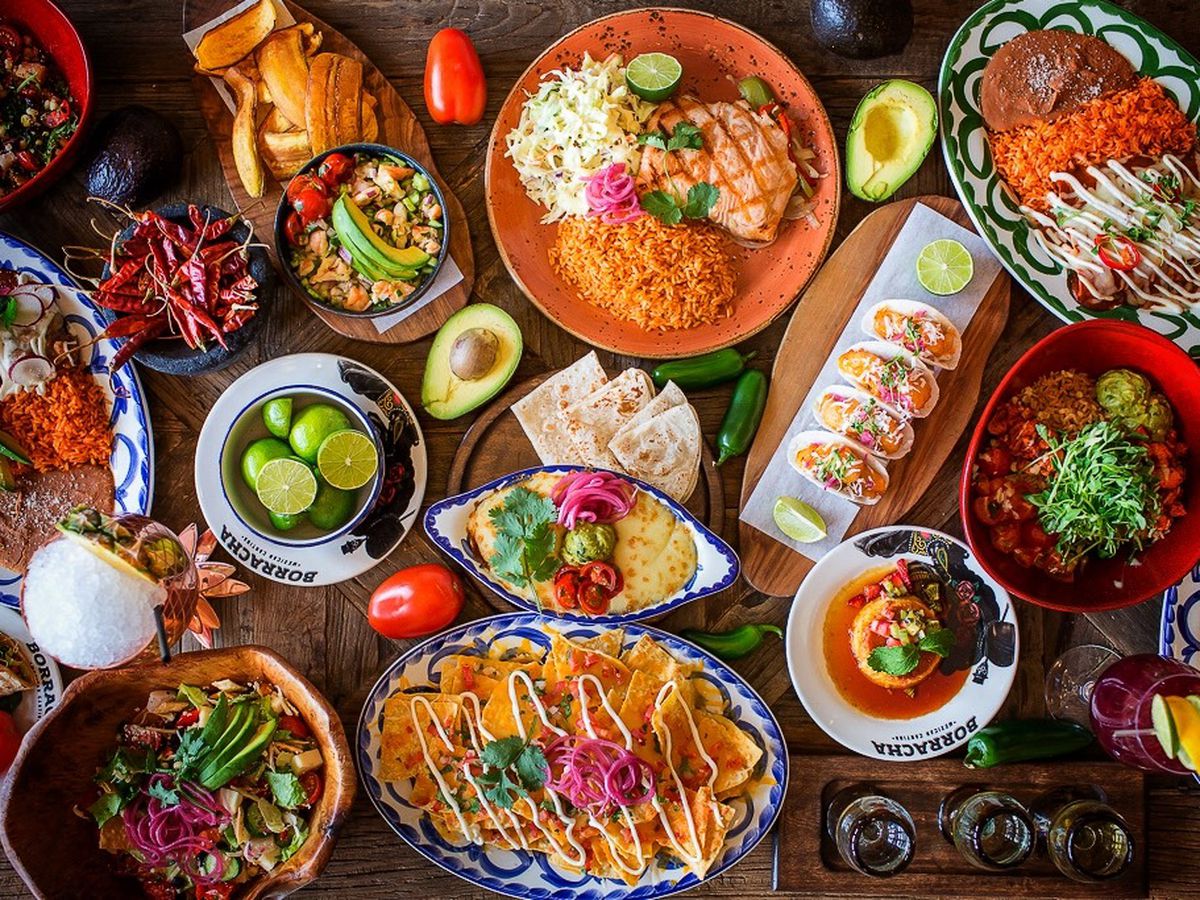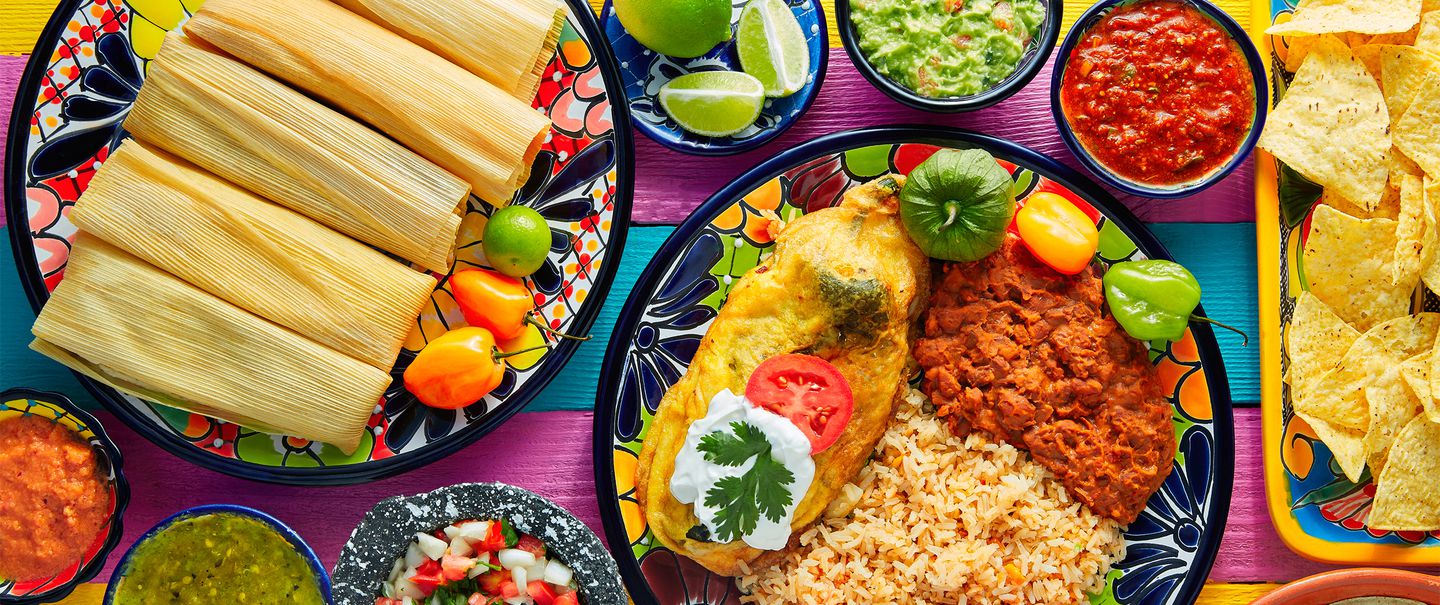Mexico 101: Traditional Mexican Dishes

You probably have heard about México at some point in your life. The truth is, to really get to know it you would have to go there and get a taste of the rich and wonderful gastronomy; or visit its ancient sites, such as the Aztec pyramids or the bluest beaches all the way down in Tulum. It would take more than just one article to be able to cover all of what this culture encompasses.
But for now, we will focus on the most important ones. Hopefully, you’ll realize that your culture and the Mexican culture might have more in common than you imagined. So let’s start.

Chile Relleno
Okay, this is probably the one that México might be known for, all over the world. But did you know that there is more than tacos and tamales in gastronomy? Well, yes.
One of the people’s favorites: El Chile Relleno (or ‘stuffed peppers‘ in English). This typical dish is originally from the city of Puebla, in central México. Its ingredients consist of roasted poblano peppers stuffed with cheese, then coated in a fluffy egg batter and fried until golden brown. Some people add rice as a side complement. It is de-li-ci-ous (it also can be made vegan).

Pretty cool, huh? If you are into a little bit of spiciness on your dish, this one is for you. While it is not overwhelmingly spicy, it still tastes like it. So it’s perfect.
Chile en Nogada
I know, another pepper? Yes, that’s México in a nutshell. Just kidding. But, oh my God, these are yummy! They are very similar to Chiles Rellenos but with slight variations. This recipe stuffs the chiles with picadillo—a type of hash consisting of a mixture of meat and dried fruit—and then covers the entire concoction in walnut sauce with a garnish of pomegranate seeds and parsley. Did your mouth water just by reading that? No worries, mine too.

This dish is originally from Puebla too! It is said to have been created by eighteenth-century nuns. The dish incorporates the colors of the actual Mexican flag and is said to have originated around the time of Mexican independence to bring people together and united through patriotism. This is truly one of Mexico’s most patriotic dishes, sometimes referred to as the country’s “national dish”.
La Sopa Tarasca
This soup is made with one of the most popular ingredients in Mexico: the loved-by-everyone beans. This is the most important ingredient in this recipe. Sopa tarasca (Tarascan Soup), refers to an illustrious dish created by the owners of “La Hostería de San Felipe” in Pátzcuaro – a quaint little town in the Mexican state of Michoacán, small but so incredibly beautiful – when they were designing the menu for their new restaurant, back in 1966.

The soup has similar flavors as tortilla soup or sopa Azteca. There is one difference though, Sopa Tarasca includes vegetable bouillon, dried chiles, tomatoes, and pinto bean base. The beans give the soup a smooth, creamy taste. No cream or milk is needed, it can be just part of the complements.
UNESCO
In 2010, Mexican cuisine was inscribed by UNESCO (the United Nations Educational, Scientific and Cultural Organization) on their Representative List of the Intangible Cultural Heritage of Humanity.
Back then, UNESCO emphasized the richness of the culinary tradition of Michoacán, a state located in west-central México, but their observations actually apply to all traditional Mexican food:
- Corn, beans, and chili peppers are its main ingredients.
- Other ingredients include tomatoes, avocados, squashes, cocoa, and vanilla.
- Utilizes unique farming methods such as milpas and chinampas.
- It involves unique processes, such as nixtamalization (a process for the preparation of corn, or other grain, in which the corn is soaked and cooked in an alkaline solution, usually limewater but sometimes aqueous potassium carbonate, then it is washed and hulled.)
- Cooks use unique utensils, such as grinding stones and stone mortars.
UNESCO describes Mexican cuisine as “elaborate and symbol-laden,” and goes on to explain that this culinary tradition is exceptional in its ability to “express community identity, reinforce social bonds, and build stronger local, regional and national identities.”

Okay, I think I’ll stop here for now. This topic could probably need another three or four different articles. Which one of these three was your favorite? Which one would you like to try? Did you learn something new? If your answer to any of those questions is yes, then my work here has been accomplished.
I hope that at some point if you visit México, you can get to try them; or even better, try making them yourself from wherever it is that you live. Maybe you can add a little bit of your own creativity and ingredients to it and make it all yours. Have fun with it!







